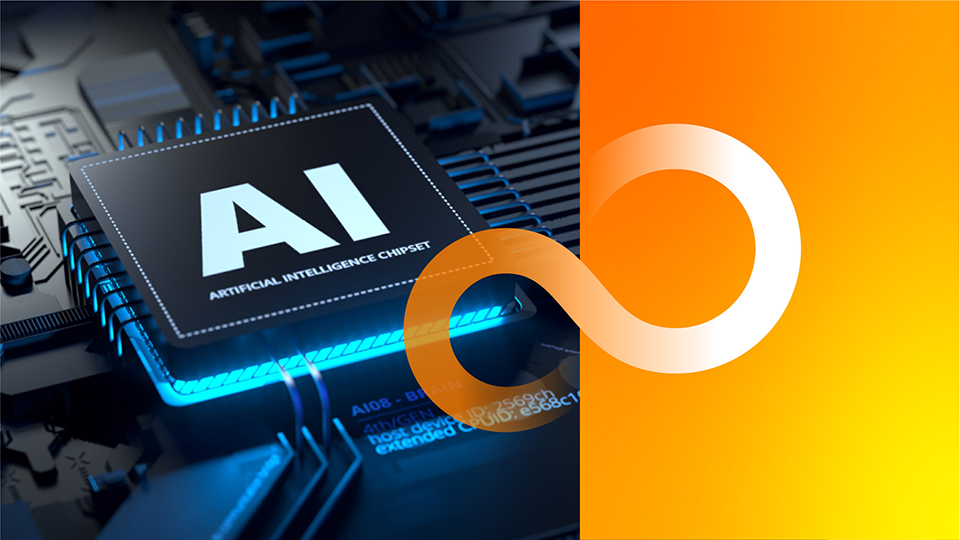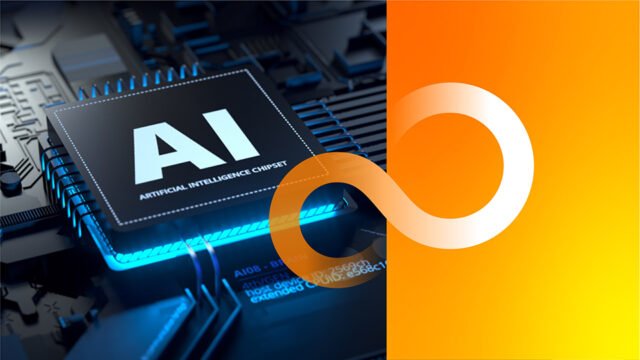Fujitsu, the global IT giant, has today unveiled a transformative generative-AI reconstruction technology, poised to reshape how large language models (LLMs) are deployed—especially in resource-limited environments such as smartphones and industrial devices. This innovation, set to be embedded within Fujitsu’s Kozuchi AI service, heralds a new era of leaner, faster, and more energy-efficient AI.
Table of Contents

The Heart of the Breakthrough: Quantisation Meets Specialised Distillation
At the heart of Fujitsu’s breakthrough lie two remarkable innovations: 1-bit quantisation and a brand-new specialised AI distillation method.
- 1-Bit Quantisation: This technique shrinks the “thought” machinery of an AI model—namely, the inter-neuron parameter storage—by reducing memory consumption by an astonishing 94 %. Even more impressive, Fujitsu maintains 89 % accuracy retention, the highest in the world, while achieving a three-times faster inference speed compared to running the unquantised model. Traditional approaches like GPTQ typically retain less than 20 % accuracy under such compression—demonstrating the magnitude of Fujitsu’s accomplishment.
- Specialised AI Distillation: Fujitsu’s pioneering method doesn’t merely shrink model size—it actually improves accuracy in key tasks. Inspired by the brain’s ability to reorganise and specialise, this process extracts only task-relevant knowledge from a massive model, trims unnecessary complexity, and fine-tunes via neural architecture search (NAS) and knowledge distillation. The result is a lightweight, reliable AI that, in certain cases, outperforms the original model.
Real-World Strength: Tangible Performance Gains in Sales and Vision Tasks
To put substance behind the technical claims, Fujitsu undertook practical demonstrations:
- Sales Negotiation Prediction: On CRM data, the distilled model ran 11× faster, delivered a 43 % boost in prediction accuracy, and—remarkably—was more accurate than its teacher model, despite having only 1/100th the number of parameters. Memory demands and GPU costs also dropped by 70 %.
- Image Recognition (Unseen Objects): The specialised model demonstrated a 10 % improvement, outperforming existing distillation techniques by over threefold in accuracy improvement over a two-year baseline.
These results underscore a rare combination: vastly compressed models that still deliver—and in spots exceed—the performance of full-sized counterparts.

Leapfrogging Hardware Constraints: AI Where It Traditionally Couldn’t Reach
One of the biggest implications of Fujitsu’s innovation is its potential to bring rich generative AI capabilities to edge devices—smartphones, factory machinery, IoT devices, and more. Until now, operating cutting-edge LLMs demanded several high-end GPUs. Thanks to this reconstruction technology, that same performance can now run on a single low-end GPU, giving rise to more responsive, power-efficient, secure, and eco-friendly AI deployments.
In Nigeria—where mobile devices often outpace heavy datacentres—the implications are compelling. Picture fluent AI assistants on even basic smartphones, or smart surveillance and diagnostics in factories, all without cloud reliance.
Roadmap Ahead: Trials, Open-Weight Models, and Universal AI Access
Fujitsu has mapped out a bold distribution and expansion strategy:
- Global Trials for Takane, Fujitsu’s LLM built to integrate this new tech, will launch in the second half of fiscal 2025.
- Models from Cohere’s open-weight “Command A” series, quantised using Fujitsu’s technology, are immediately available via Hugging Face starting today.
- Future research is aiming even further: pushing for 1/1000 model memory reduction while preserving high accuracy, priming LLMs for truly ubiquitous, high-precision, autonomous AI agents in sectors like finance, healthcare, retail, and manufacturing.

What This Means for the AI Industry—and for Nigeria
Fujitsu’s announcement is more than a press release. It signals an important shift in how AI might be delivered and consumed:
- Democratisation of AI: Kawakasi-born tech bringing generative AI to modest hardware means broad access—across geo-economies and infrastructure levels.
- Sustainability and Efficiency: By drastically cutting power demand and hardware needs, this reinforces green tech ideals and helps organisations like those in Nigeria cut cloud costs.
- Edge Security: With AI running locally—say, on your phone or business machine—data stays private, reducing exposure risks.
- Accelerated Adoption: Enterprises, especially SMEs in Nigeria’s tech sector, could pilot smart AI agents without the heavy upfront costs of cloud GPUs.
Join Our Social Media Channels:
WhatsApp: NaijaEyes
Facebook: NaijaEyes
Twitter: NaijaEyes
Instagram: NaijaEyes
TikTok: NaijaEyes













![Heartwarming Moment: Priscilla Ojo and Son Rakeem Reunite with Juma Jux in Tanzania [VIDEO] Priscilla Ojo](https://naijaeyesblog.com/wp-content/uploads/2025/09/Reunited-Priscilla-Ojo-says-as-she-celebrates-son-Rakeem-one-month-Kemi-Filani-blog-min-768x512-1-1-180x135.avif)


























